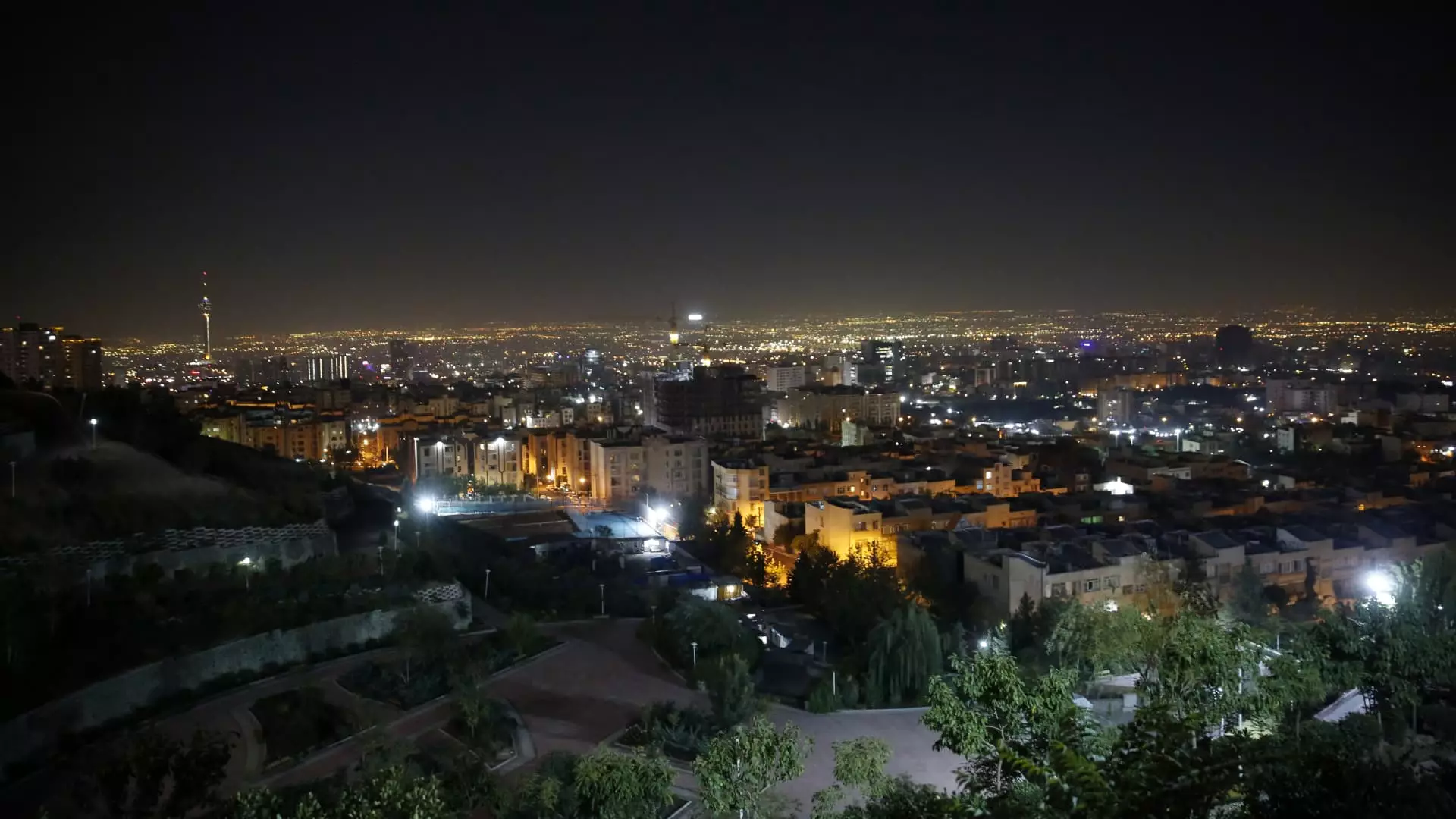As regional conflicts intensify across the Middle East, a marked escalation in hostilities has emerged between Israel and Iran following a series of Israeli airstrikes targeting Iranian military installations. These developments prompt a critical examination of the underlying factors contributing to the current geopolitical landscape, especially in light of the broader implications for regional stability.
On a recent Saturday, Israel launched a calculated airstrike campaign against several military sites within Iran, purportedly as retaliation for a previous Iranian missile attack. The Israeli government, led by Prime Minister Benjamin Netanyahu, indicated that these military operations were aimed at missile facilities and other strategic installations. However, the targeting notably excluded Iran’s vital oil and nuclear infrastructure. This decision, ostensibly influenced by urgent diplomatic appeals for restraint from international allies, effectively highlights the delicate balance Israel seeks to maintain amid an already precarious regional environment.
Tensions in the Middle East have been heightened since the onset of the October 7, 2023, attack by Hamas—an Iran-backed militant group—against Israel, which resulted in significant casualties and rising hostilities in the region. Iran retaliated earlier this month with missile strikes aimed at Israel, resulting in loss of life in the Israeli-occupied West Bank and inciting further vows of retaliation from Israeli officials. These escalating exchanges underscore the precarious nature of the current geopolitical dynamics, marked by potential flashpoints for broader conflict.
In the aftermath of the airstrikes, the immediate reactions were mixed. Iranian military sources reported that protective air defense systems successfully intercepted several incoming threats, yet casualties were reported, with two soldiers killed. While Iranian official media outlets vowed a “proportional reaction” to Israel’s actions, the Iranian leadership has consistently reiterated its right to defend itself against aggression.
This rhetoric is emblematic of the broader narrative that pervades regional politics: the ongoing confrontation between Israel and Iran fuels a cyclical pattern of provocation and retaliation. As regional actors delve deeper into aligned or opposing factions, the potential for miscalculation grows, with dire consequences for civilian populations.
While Israel’s military has attempted to downplay the significance of an immediate Iranian response by signaling no changes to public safety protocols domestically, the potential for escalation looms large. The strategic calculus employed by both parties often hinges on perceived provocations and responses, suggesting a precarious dance of military capability and political posturing that could unravel at any moment.
The role of external players, particularly the United States, is critical in this ongoing situation. U.S. President Joe Biden has explicitly cautioned Israel against striking Iranian nuclear facilities and emphasized the need for restraint in military engagements. The Biden administration’s efforts to signal a deliberate approach toward Iran reflect broader strategic objectives aimed at minimizing regional conflict escalation while safeguarding U.S. interests and those of its allies in the area.
Moreover, the coordination between U.S. and Israeli defense officials in the lead-up to these strikes symbolizes the intricate web of alliances that characterizes Middle Eastern geopolitics. While Israel informed the U.S. prior to the strikes, reports indicate that the U.S. did not play a direct role in the operations themselves. This independence underscores Israel’s military autonomy but also reveals the broader strategic implications of U.S.-Israel relations in a region fraught with conflict.
The airstrikes have drawn mixed reactions from neighboring states, particularly Saudi Arabia, which condemned the strikes as violations of Iranian sovereignty and international law. Such opposition illustrates the complexities of Middle Eastern alliances, where historic rivalries and recent reconciliations shape responses to escalating tensions. As Saudi Arabia and Iran seek détente after years of conflict, they are re-evaluating their diplomatic and military postures in light of recent events.
As diplomatic efforts are anticipated to resume surrounding the humanitarian situation in Gaza, the potential for a ceasefire and a broader agreement may offer a window for de-escalation. Yet, as long as hostilities persist between Iran and Israel, any resolution will likely remain tenuous.
The recent Israeli airstrikes on Iranian military targets reflect a complex interplay of strategic considerations, domestic pressures, and international relations. As the situation evolves, the risk of further conflict remains palpable, with far-reaching consequences for regional stability. The geopolitical landscape of the Middle East continues to be defined by a volatile mix of alliances, enmities, and historical grievances, making it essential for all parties to navigate this intricate web with extreme caution in the face of ongoing hostilities. Moving forward, the overarching question remains: how will regional actors respond to the current flashpoints, and what consequences will unfold in the pursuit of peace amid escalating tensions?


Leave a Reply